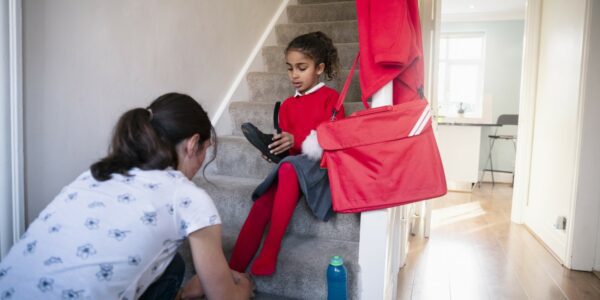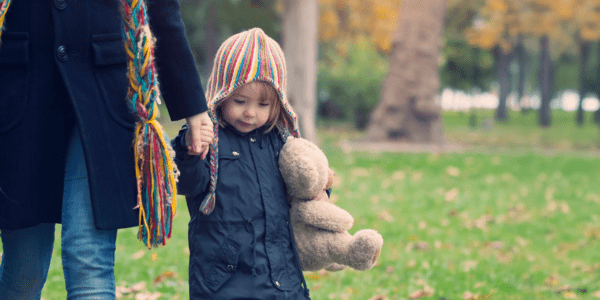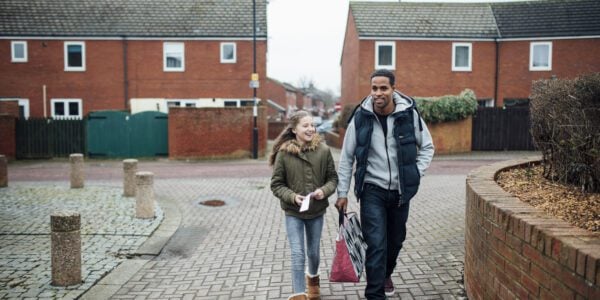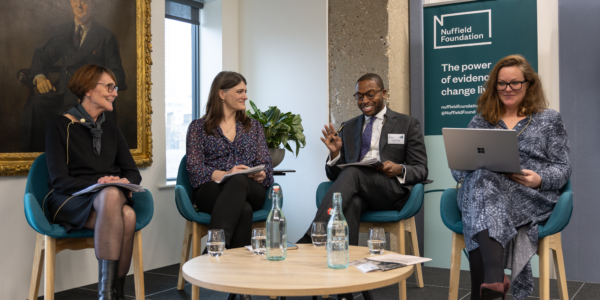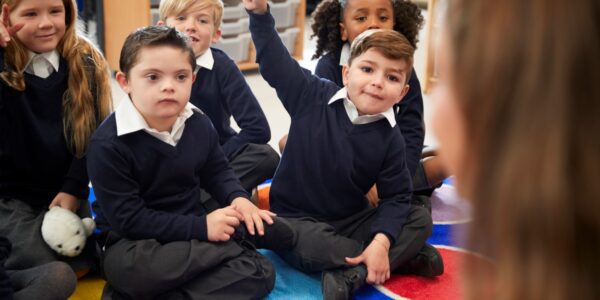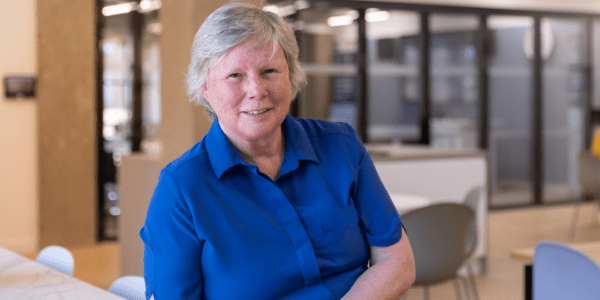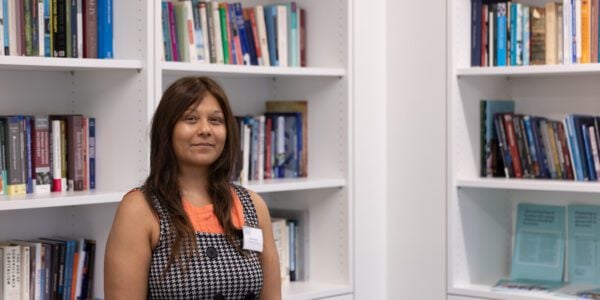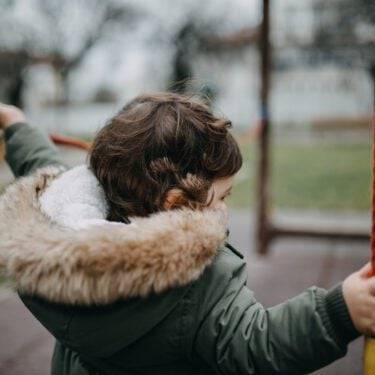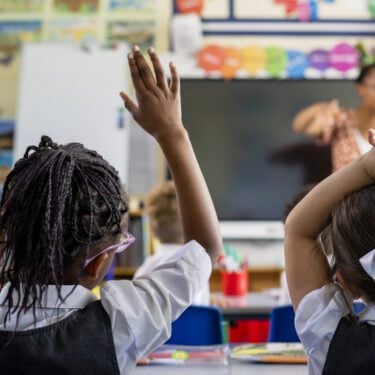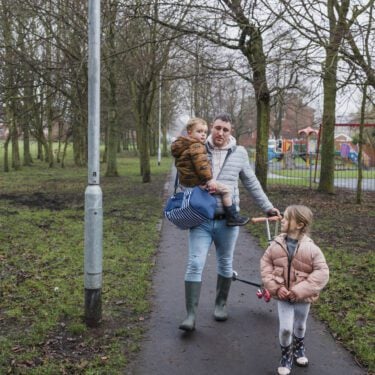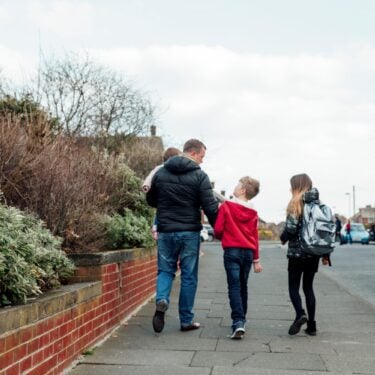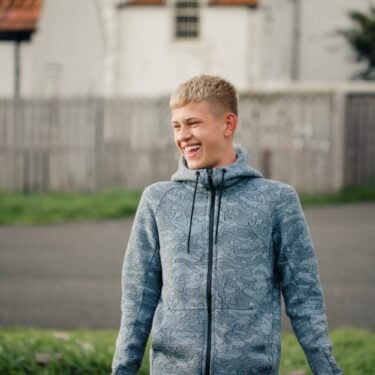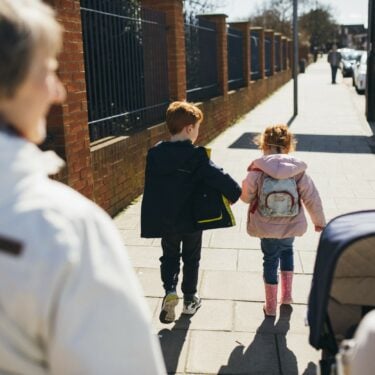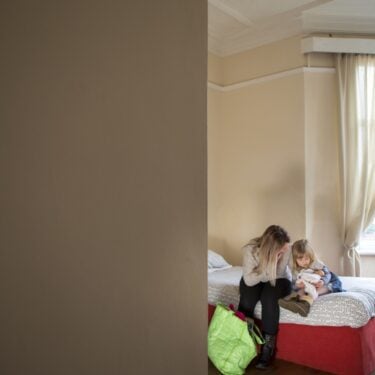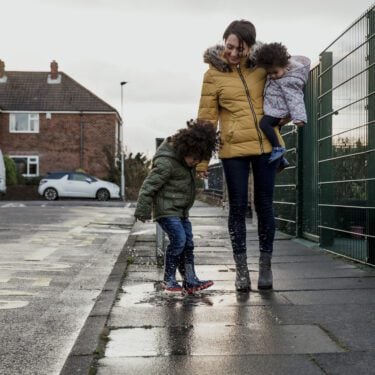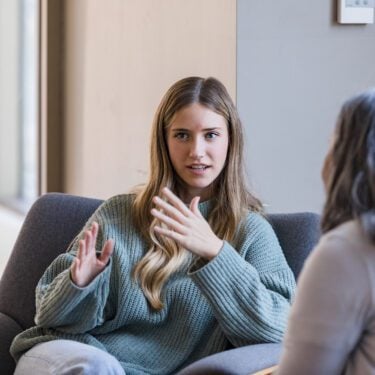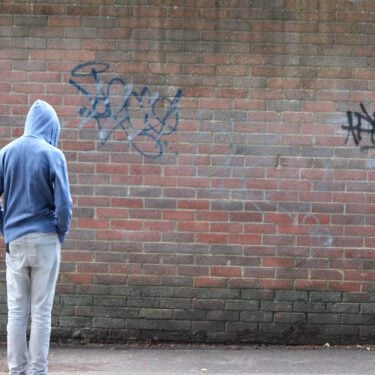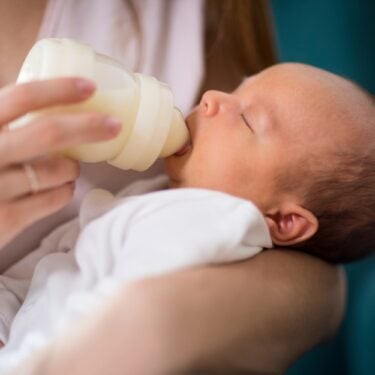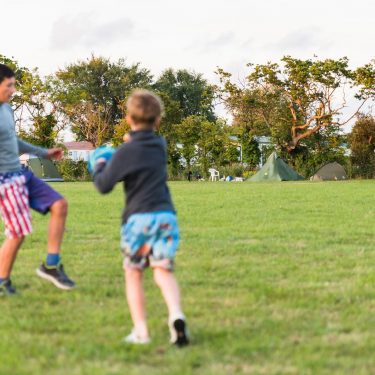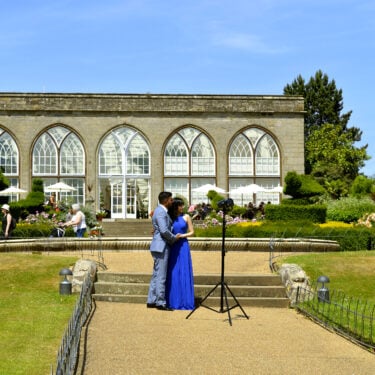Professor Sariya Cheruvallil-Contractor and her team make the case for a more nuanced approach to care that supports the complex identity needs of minoritised children.
“How might a baby express itself? How would this differ from a teenager’s expression of their identity?”, Dr John Simmonds, Director of Research at CoramBAAF asked attendees at our report launch for Expressions of self.
These “expressions of self” which strengthen family bonds, can be fraught and negotiated – think about a young child’s tantrum as it demands attention in the middle of a busy supermarket or a teenager’s hormone-fuelled rebellion. Consider also how adults react in these moments.
When a child or young person is placed in care, these negotiations can influence whether a child feels at home or out of place. Our research explores how factors such as ethnicity and religion interact with each other and with characteristics like gender, age, sexuality and in this case, their experience of being in care. We’re interested in how these contribute to a child’s identity.
Throughout this research, we relied on children’s and young people’s voices and stories.
Centring the narratives of care-experienced children and young people
This research stems from our own positionalities as researchers who are committed to social justice and as parents who want their children to thrive. We are inherently aware of processes of minoritisation that marginalise particular ethnic and religious groups.
When children from these ‘minoritised’ groups enter care, their vulnerabilities are magnified by the dual scrutiny they face; being in care and belonging to minoritised groups. We created a research and practice-focused space where children and young people could share their stories and be heard. These narratives delve into themes of identity, experiences in care, and the fulfilment or lack thereof of their identity-related needs.
Using an intersectional approach, we worked with Black, Asian and mixed-heritage young people aged 14 to 19 to explore their stories. We focused firstly on perceptions of ethnicity and religion and how these change as they overlap with other aspects of identity and, crucially, by being in care. Secondly, we examined their experiences of asking and getting help from social workers, foster carers, adopters and other support systems that provide for their identities while in care.
In-flux identities
We developed a new model – identities in-flux – to inform both theoretical understanding and practical interventions for children in care. This framework urges the adoption of best practices when implementing support plans for young people and children.
Within this model, we consider the nuanced interplay of changing socio-ethnic-religious factors rooted in a child’s biological heritage, their care journey and their own sense of agency in shaping how they want to be seen.
We have since delivered knowledge exchange workshops on this model to frontline social workers. We created the ‘identity see-saw’ as a practical tool to illustrate how identities change and evolve. It recognises the fluid nature of a child or young person’s identity and both the internal and external factors that can influence it including experiences, choices, or contexts.
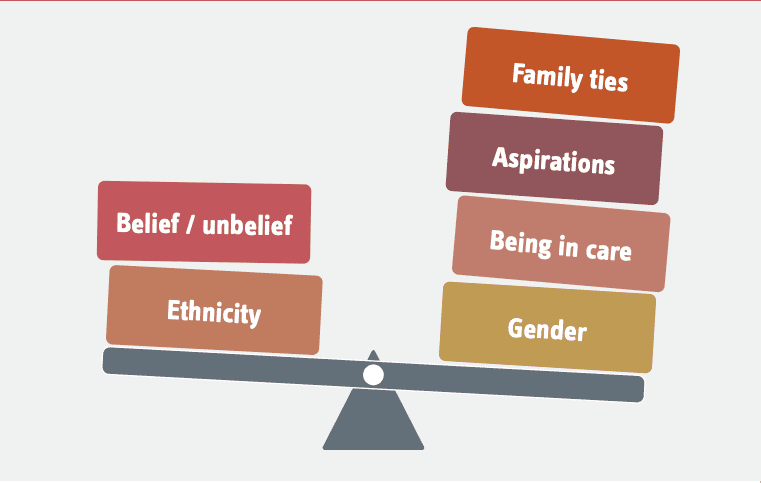
Research that is meaningful for frontline practice
Our research has important implications for frontline practice. For social work professionals, the concept of ‘in-flux identity’ aims to promote self-awareness, inclusivity, empathy, and informed decision-making. It challenges the rigid categorisation and stereotypes that can hinder effective care.
Empathetic listening is crucial for fostering positive identity development among children and young people in care. It involves engaging them in discussions about their identity views and reflecting on how these perceptions impact both themselves and others. We have produced a variety of open-access tools for social workers to use in their everyday practice.
One of our resources – an animation – draws on the stories of the young care-experienced people we spoke to. It considers the implications of our research for transcultural placements and life story work, a social care intervention that helps children in care make sense of their past experiences and understand their personal history.
Anna’s story; creating a space for open dialogue
Anna, a young Black care leaver, shared her experience of being moved between various placements, some of which were matched to her ethnicity, religion, or both. Still, she felt most comfortable and remains in touch with a foster carer who came from a completely different cultural, ethnic, and religious background.
From Anna’s perspective, what made this placement successful was the foster carer’s interest in getting to know her. Early in their relationship, the foster carer sat Anna down and simply asked, “Please tell me about you” leading to a long, meaningful conversation. This open discussion and genuine curiosity from the foster carer helped Anna feel settled.
Taking a more nuanced approach in practice
Our research also sheds light on the importance of re-evaluating how social workers approach life history work. It urges practitioners to reflect on whether life storybooks, assessments and other paperwork accurately reflect the complexities of a child’s layered identity.
Rather than simplifying identities into broad labels, practitioners should focus on understanding the nuanced overlaps and blurred lines between identity categories, all of which are unique to a child’s experience.
Through listening to the voices and stories of these children, our research has provided a more complex framing of the identities of looked-after children and young people from minoritised ethnic and religious heritages.
By equipping social workers to better understand children’s multifaceted identities, we hope to make a difference in the lives of some of society’s most vulnerable constituents.
NOTE: This article was written by some of our grant-holders, but the views expressed are those of the authors and not necessarily the Foundation.
Full List of Open Access Resources
- This is an animation that we produced in collaboration with Beluga Animations. In 5 minutes it aims to represent the complexities of children’s identities and ramifications for Social work practice – https://www.youtube.com/watch?v=rr71N8rKYrA
- Research Report – https://www.coventry.ac.uk/contentassets/0832b8d761aa49a6adb98cf4112b8cfd/expressions-of-self-report.pdf
- Animation produced by young people – https://www.youtube.com/watch?v=OELjMuayIdk
- Frontline briefing produced in collaboration with ResearchinPractice – https://www.researchinpractice.org.uk/children/publications/2024/january/expressions-of-self-supporting-minoritised-children-s-identity-frontline-briefing-2024/
- Podcast produced in collaboration with ResearchinPractice – https://www.researchinpractice.org.uk/children/content-pages/podcasts/identity-needs-of-minoritised-children-and-young-people-in-care/
- Workshop Series (please book a space) produced in collaboration with ResearchinPractice – https://www.researchinpractice.org.uk/children/events-learning/2024/january/understanding-and-supporting-the-identities-of-minoritised-children-in-care/

